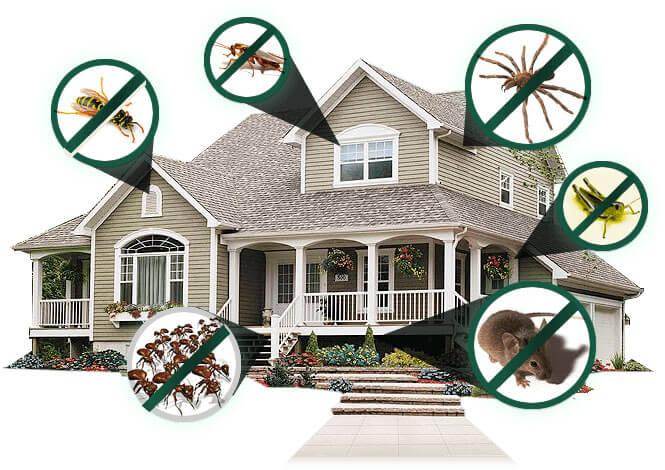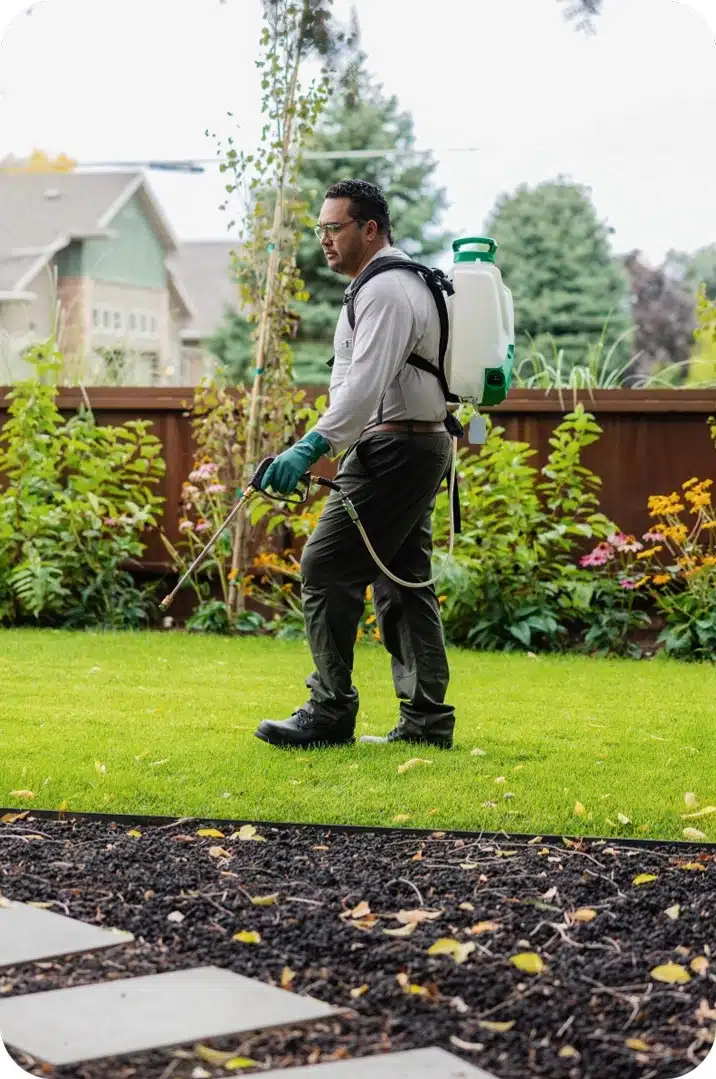Reliable A1 Bed Bug Treatment in Charlotte - Safe and Proven Techniques
Reliable A1 Bed Bug Treatment in Charlotte - Safe and Proven Techniques
Blog Article
Bed Insect Therapy Break Down: Contrasting Chemical Vs. Non-Chemical Solutions
In the world of insect control, specifically when dealing with the consistent concern of bed bugs, the option in between chemical and non-chemical treatment options can be a critical one. Both strategies provide distinctive benefits and downsides, influencing elements such as efficiency, security factors to consider, and overall expense. By examining the nuanced information of each approach, a clearer understanding of which course to seek in addressing a bed bug invasion can be attained.
Efficiency of Chemical Therapies
Chemical treatments for bed pest problems have been widely identified for their quick and potent efficacy in removing these pests. When taking into consideration the performance of chemical therapies, it is essential to understand that they can provide a quick and thorough solution to a bed insect trouble. Expert pest control men often count on insecticides to target bed insects at different phases of their life cycle, including eggs, adults, and fairies. These chemicals typically work by disrupting the bed bugs' nervous system, leading to paralysis and eventual death.
Moreover, chemical therapies have the benefit of providing residual impacts, meaning that they can proceed to get rid of bed insects also after the preliminary application. This residual activity is specifically advantageous in combating any kind of possible re-infestations. Furthermore, the rapid activity of chemical therapies can bring relief to individuals facing extreme bed bug problems, permitting them to restore control of their living areas rapidly.
Safety Issues With Chemical Solutions
When making use of chemical services for bed insect therapy is guaranteeing the security of passengers and the setting,One crucial facet that calls for cautious factor to consider. While chemical therapies can be reliable in getting rid of bed pests, they might position risks if not handled properly. One of the key safety worry about chemical options is the possible injury they can cause to human health. Exposure to specific chemicals made use of in bed insect therapies can result in respiratory system concerns, skin irritation, or other damaging reactions, particularly in individuals with pre-existing conditions or level of sensitivities. In addition, inappropriate application or dose of chemical pesticides can cause harmful residues remaining in the cured location, presenting long-lasting wellness dangers to passengers.
In addition, the ecological effect of chemical services is another substantial factor to consider. Some chemicals utilized in bed pest treatments may be hazardous to beneficial bugs, wildlife, and ecosystems if they seep right into the soil or water supply. It is necessary to use chemical therapies deliberately, complying with security guidelines, and thinking about less hazardous choices to minimize these dangers and make certain the safe and efficient management of bed pest infestations.
Benefits of Non-Chemical Strategies
Taking into consideration the prospective safety and security issues and ecological effect associated with chemical solutions for bed pest treatment, discovering non-chemical approaches provides an encouraging alternative with a number of unique benefits. Non-chemical treatments are environmentally pleasant, as they do not contribute to air or water air pollution, making them a sustainable selection for bug control.
Furthermore, non-chemical remedies can be reliable in targeting bed bugs, including hard-to-reach areas where chemical treatments might not permeate. Approaches such as warm therapy, vacuuming, heavy steam cleansing, and bed mattress encasements offer thorough eradication without the usage of damaging chemicals. Additionally, non-chemical approaches can be much less disruptive, calling for minimal preparation and permitting quicker reentry right into dealt with locations. Overall, selecting More Help non-chemical bed insect therapy methods not only focuses on safety and environmental defense but also makes certain efficient and detailed parasite control.
Limitations of Non-Chemical Treatments

Furthermore, non-chemical therapies frequently call for several applications to attain effective removal. This can be lengthy and may not constantly assure complete elimination of all bed insects and their eggs, specifically in hard-to-reach or covert areas.
Additionally, the success of non-chemical therapies greatly relies on proper application and thoroughness, which can be testing for people without specialist experience. Poor application of non-chemical approaches may result in incomplete elimination, bring about relentless problems and the need for additional treatments.
Therefore, while non-chemical treatments have their advantages, it is necessary to acknowledge these restrictions and consider them when establishing one of the most reliable approach for handling bed pest problems.
Expense Comparison: Chemical Vs. Non-Chemical Options
Given the constraints connected with non-chemical treatments, a necessary aspect to assess in the context of bed pest administration is the price comparison between chemical and non-chemical choices. In contrast, non-chemical therapies like heat therapy or vapor can be much more expensive, with costs ranging from $1,000 to $6,000 for a whole home. While the initial cost of chemical therapies might seem reduced, several therapies may be called for to totally eliminate the invasion, potentially raising the total cost.
Verdict

Taking into consideration the possible safety problems and environmental influence linked with chemical remedies for bed bug treatment, exploring non-chemical approaches provides an encouraging alternative with a number of distinctive benefits.Offered the constraints associated with non-chemical therapies, a crucial aspect to examine in the context of bed pest monitoring is the expense comparison in between chemical and non-chemical choices. In contrast, non-chemical treatments like heat therapy or heavy steam can be much more expensive, with prices varying from $1,000 to $6,000 for a whole home. While the preliminary cost of chemical treatments might seem lower, multiple therapies might be called for to completely get rid of the infestation, possibly enhancing the general cost.In conclusion, when comparing chemical and non-chemical bed bug therapy choices, it is important to consider effectiveness, safety, advantages, constraints, and price.
Report this page